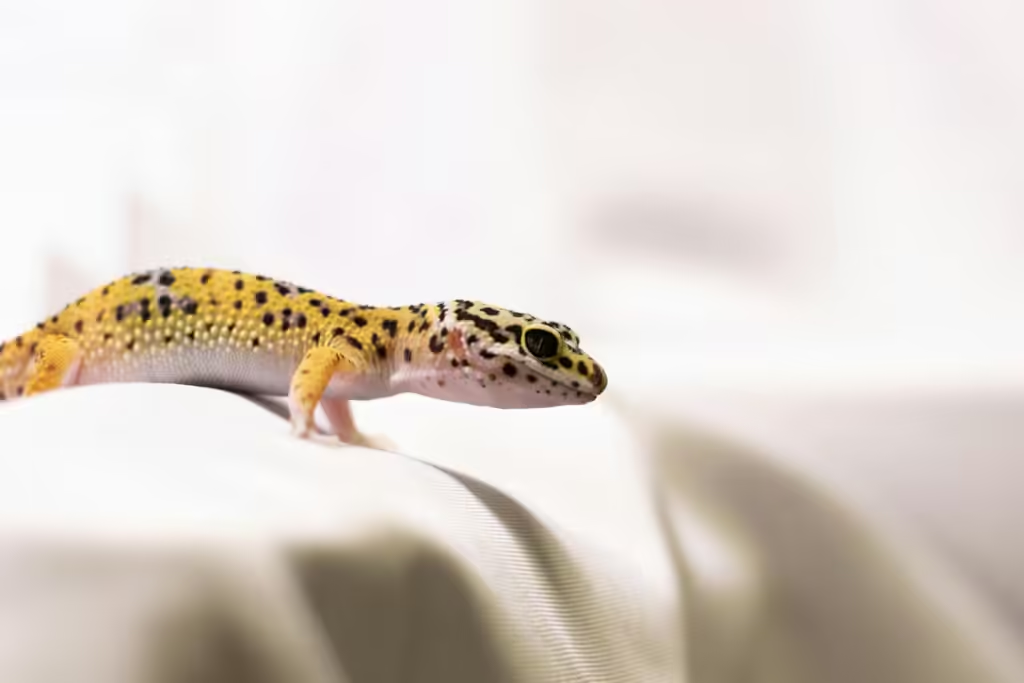What to Do If Your Leopard Gecko Gets Overheated
If your leopard gecko gets too hot, it can lead to serious health issues. High temperatures can cause stress, dehydration, and even heat stroke in these reptiles. To prevent this, ensure your gecko’s enclosure is properly heated with a temperature gradient, providing a warm side and a cooler side. If your gecko shows signs of overheating, such as lethargy, excessive hiding, or panting, move them to a cooler area immediately. Offer water to help them cool down and consult a vet if necessary.
Leopard geckos are cold-blooded creatures, so they rely on their environment to regulate their body temperature. If their habitat gets too hot, they can’t cool down naturally, leading to overheating. Symptoms of overheating include lethargy, loss of appetite, and seeking out cool spots in the enclosure. It’s crucial to monitor the temperature in their habitat regularly using a thermometer and adjust heating sources accordingly. Providing hiding spots and a shallow dish of water can also help your gecko regulate their body temperature effectively. Remember, prevention is key to keeping your pet leopard gecko happy and healthy.



